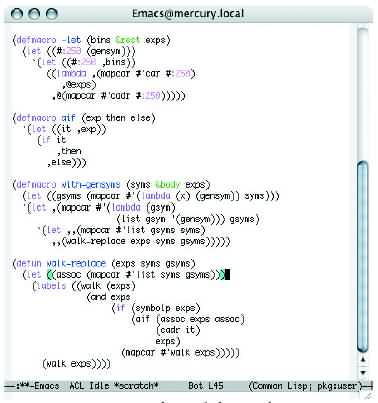| 2004 |

|
YEAR BOOK |
Castletroy College, Limerick
|
Isaac: distributed learning
|
The development of conversational agents is historically one of the most active branches of artificial intelligence. These agents are essentially programs where interaction takes place between a human and a computer via a terminal; all conversation is through purely textual means. Alan Turing first suggested their use when, in 1950, he made the then-audacious claim that a program which can fool a human into believing that it, too, is human, is also (by definition) intelligent.
Despite great efforts, little progress has been made in the past 50 years in passing this very empirical test. 'Isaac' is a program which attempts to do so, but uses relatively unorthodox techniques.
Generally, the focus is on having learning algorithms that are as sophisticated as possible. Isaac, in contrast, uses comparatively straightforward systems. It attempts to gain as large a body of input data as possible. Towards this end, Isaac is designed from the ground up to do something novel: to learn via the Internet.

Isaac is constructed to make this process as efficient as possible. Its algorithms are completely language-independent (French will work as well as English), and do not attempt to reason at all (though there is plenty of precedent here). Symbol-manipulation is used both to learn and respond. Showing just how powerful the Internet can be in this area, Isaac is coded so that it does not generate original sentences. Instead, it creates a complex web of relationships between various words and phrases by analyzing its own conversations. In responding to a user, it traverses this network, and attempts to locate a response based on the content of the stimulus sentence. The web itself is generated without making any attempt to glean meaning behind the words: to Isaac, all are meaningless strings.
In comparative tests between Isaac and other well-known agents such as ELIZA, the program fares well. Teenagers did most of the teaching, and, therefore, teenagers were chosen for most of the formal tests. Here, an average of four out of ten people believed Isaac to be human.
Patrick Collison , who entered his project in the Intermediate Individual Section in the Technology Category at the EsatBT Young Scientist & Technology Exhibition in January 2004, won one of the top prizes � Runner-up Individual Award. His teacher was Ms Lisa Kiely.
| This article was sponsored by Oldbury Publishing |
|---|